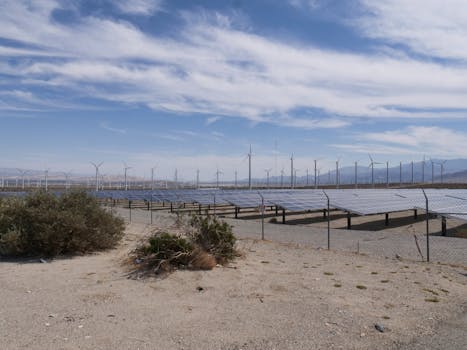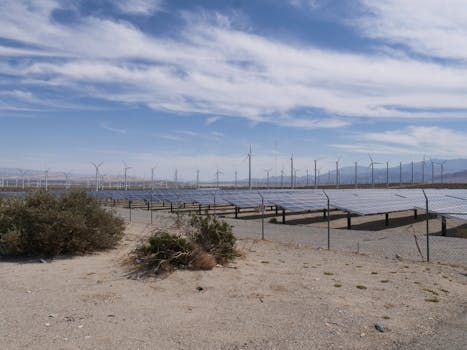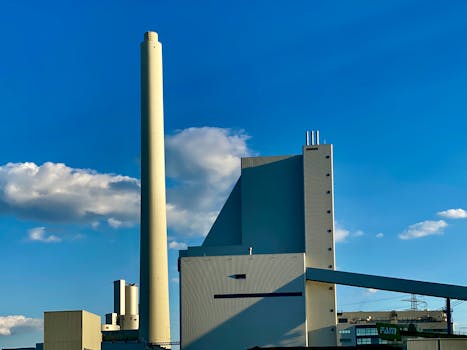
The Crucial Role of Mechanics in Advancing Renewable Energy Technologies
Takeaways:
- Mechanics is essential in designing and optimizing renewable energy systems.
- Understanding mechanical principles enhances the efficiency of energy conversion processes.
- Innovations in mechanics are driving advancements in solar, wind, and other renewable technologies.
In the quest for sustainable energy solutions, renewable energy technologies have emerged as vital components in addressing environmental challenges. At the heart of these technologies lies the discipline of mechanics, which plays a critical role in their design, efficiency, and functionality. This article delves into the various ways mechanics influences renewable energy technologies, examining its applications in wind, solar, and other emerging energy systems.
The Importance of Mechanics in Renewable Energy

- Design and Engineering: The design of renewable energy systems is heavily reliant on mechanics. Engineers apply mechanical principles to ensure that structures can withstand environmental forces, such as wind loads on wind turbines or snow accumulation on solar panels. By using mechanics, engineers can optimize these designs for durability and efficiency.
- Energy Conversion: Mechanics plays a crucial role in the energy conversion processes within renewable technologies. For instance, in wind turbines, the mechanical design of rotor blades affects how effectively kinetic energy from the wind is transformed into electrical energy. Understanding the mechanics of fluid dynamics allows for the creation of more efficient blade shapes, ultimately leading to improved energy output.
- Maintenance and Reliability: The mechanical integrity of renewable energy systems is essential for their long-term operation. Regular maintenance checks, guided by mechanical principles, ensure that systems remain efficient and reliable. For instance, monitoring for wear and tear in moving parts of a wind turbine helps prevent catastrophic failures and extends the lifespan of the equipment.
Applications of Mechanics in Various Renewable Technologies

Wind Energy
In wind energy, the mechanics of rotor dynamics is crucial. The interaction between the wind and the rotor blades is governed by aerodynamic principles, which are rooted in mechanics. Engineers use computational fluid dynamics (CFD) simulations to predict how changes in blade design can lead to improved performance. Additionally, the mechanical stress analysis ensures that the turbine can withstand extreme weather conditions, thereby enhancing its reliability and efficiency.
Solar Energy
Solar panels, particularly photovoltaic systems, also benefit from mechanical engineering. The angle of inclination, the materials used, and the structural design are all influenced by mechanical principles. For instance, optimizing the tilt angle of solar panels can maximize sunlight exposure throughout the day. Moreover, the mechanical properties of materials used in solar panels affect their durability and efficiency, making mechanics a key consideration in solar technology development.
Hydropower
In hydropower systems, mechanics is applied in the design of turbines and generators. The behavior of water flow and its interaction with turbine blades is a mechanical challenge that engineers must navigate to optimize energy extraction from flowing water. Understanding the mechanical principles of fluid dynamics helps in designing turbines that can operate efficiently under varying water flow conditions.
Innovations Driven by Mechanics

Conclusion







